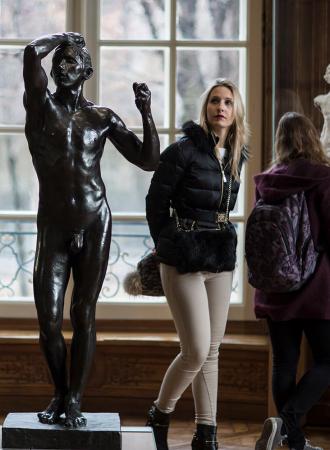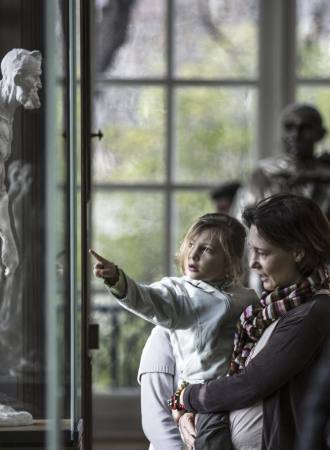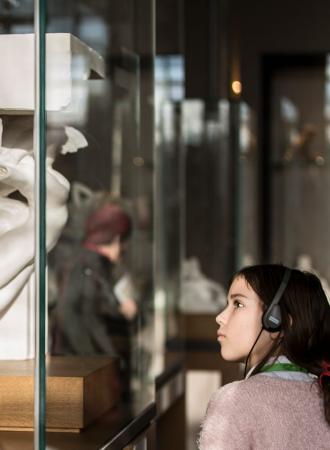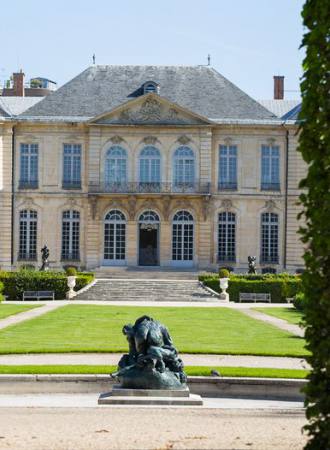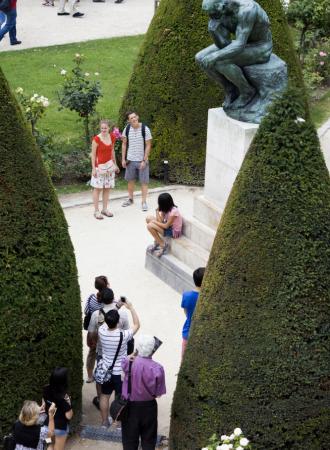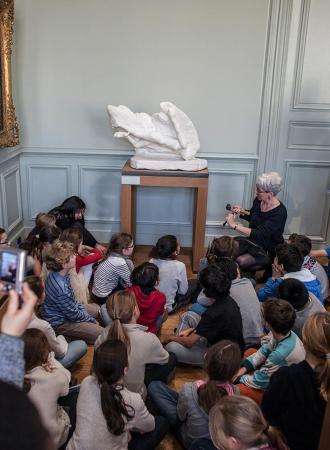Search the site
La Fabrique du Portrait
Rodin and his models
In spring 2009, Musée Rodin is putting the spotlight on the special art of the portrait through the exhibition La fabrique du portrait, Rodin face à ses modèles and its contemporary extension, Confessions/Portraits, videos, two works by the British artist Gillian Wearing.
A creative laboratory but also a social insight, the La fabrique du portrait, Rodin face à ses modèles exhibition invites you to discover the considerable but littleknown work of Rodin the portraitist. It highlights the artist’s creative process and approach in building a portrait. Modelled out of the earth itself, the faces of Baudelaire, Clemenceau and Balzac appear alongside the faces of the bourgeoisie of the end of the 19th century. For this event, the museum has taken many restored pieces out of storage, some of which are being shown to the public for the first time. A totally new collection.
Public or private, commemorative or private, the sculptor created a great diversity of portraits throughout his career. Artists, politicians, bankers, women who were loved, women of the world, French and foreign, all faces of Rodin’s time, immortalized in material form, gathered in one single exhibition.
To achieve the physical and emotional characteristics of the subject portrayed, Rodin works the clay directly from real-life sketches or photographs. Using marble, plaster, bronze or baked clay, creating deformed necks and large foreheads, the sculptor plays with materials and scales, searching for a “cerebral anatomy”, to embody the very essence of his subject.
However, the construction of his portraits results from a wider reflection on the relationship between the particular and the general, between the type and the individual. From the model, Rodin defines a type: the lines of the face are simplified or enlarged, the detail and the particular give way to the general. To create the posthumous portrait of Balzac, Rodin uses a carter from Touraine whose features, typical of the region, evoke those of the writer for him. The face of Baudelaire is also fashioned from the face of a substitute model.
Faced with his portrait, Clemenceau said: “That’s not me”. But it’s undoubtedly in this distance between the type and the individual, between the subject portrayed and the final result that all the sculptor’s power of interpretation and symbolisation is expressed. “Clemenceau sees himself as he really is. I see him as part of his legend”, Rodin explained.
CURATOR
Aline Magnien
Exhibition(s) location(s)
Musée Rodin
77, rue de Varenne, 75007, Paris
Dates
From April 10 to August 23, 2009
